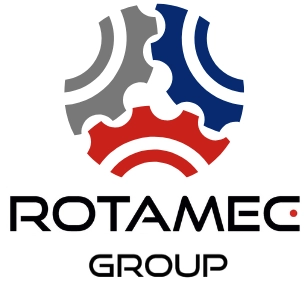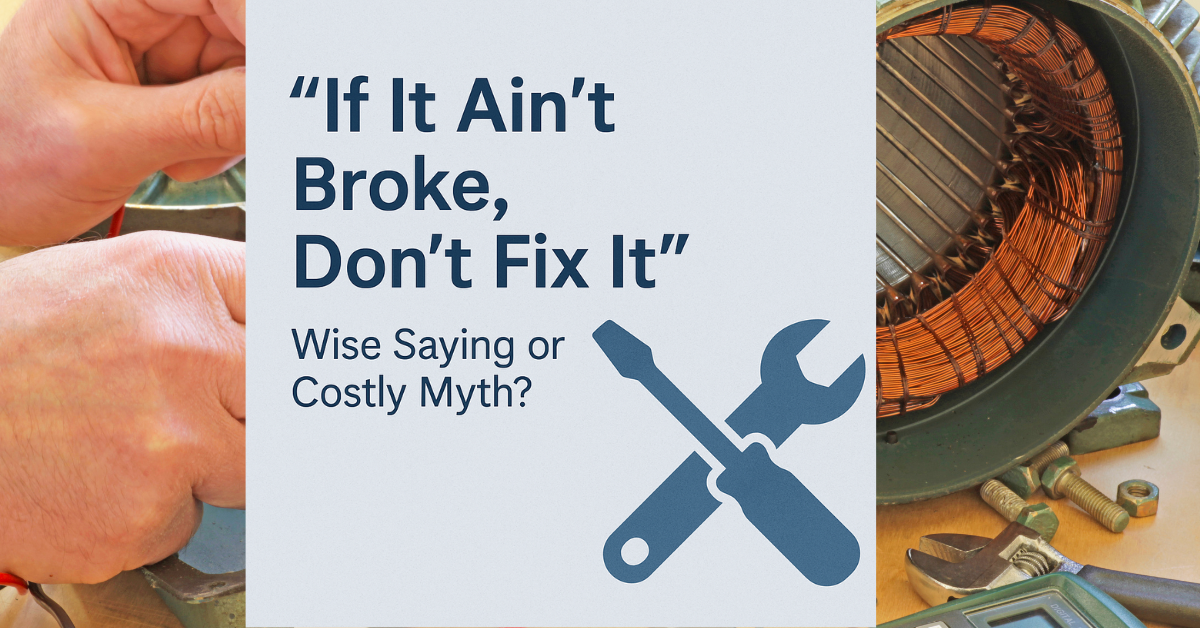Reducing energy costs with plate heat exchanger insulation
While pipework is always insulated, it’s less common to see insulation on plate heat exchangers. To ensure optimal operation and efficiency, insulation jackets will reduce energy spend with short-term payback, and can be fitted to any size of device. Making sure that the plate heat exchanger is in optimal condition is also crucial to ensure maximum performance and efficiency.
Tony Church of Rotamec explains the advantages of plate heat exchanger insulation, and effective maintenance procedures.
Whatever the building type, from a dairy or brewery to a factory or an office environment, pipework is nearly always insulated. Lagging and cladding protects pipes from environmental conditions, supporting long-term operation and minimising maintenance requirements. Fundamentally, insulation reduces temperature transfer, minimising heat loss or helping to maintain cool temperatures for gas and liquid flow. Insulating pipes therefore increases energy efficiency, reducing operating costs and decreasing a facility’s carbon footprint.
What is less common, however, is the insulation of plate heat exchangers and larger flow control devices, such as isolation valves. If a plate heat exchanger isn’t insulated though, it will radiate heat in the same way as pipework, wasting energy and reducing its operating efficiency. Without insulation, differences in temperature can also generate condensation, creating maintenance challenges such as corrosion as well as increasing environmental humidity.
Pipes are fast and easy to insulate thanks to their uniform, cylindrical and narrow structure, and lagging is ubiquitous and inexpensive. While equipment like valves and in particular, plate heat exchangers, have varying sizes, it’s still inexpensive and simple to insulate them.
Plate heat exchangers typically incorporate insulation within their design, but this doesn’t fully prevent heat loss or ensure optimal efficiency. The larger the unit, and the more heat exchangers within a facility, the greater the potential losses and the higher the need for insulation. Considering the years of service life and round-the-clock use, this can amount to a significant waste of energy and budget. For these reasons, it’s nearly always more cost effective to insulate a heat exchanger instead of leaving it exposed.
As insulation provides protection to the plate heat exchanger from environmental challenges, it will also extend service life, reducing capital expenditure long-term as well as decreasing maintenance requirements. Insulation is also a cost-effective but important safety precaution, protecting operatives and staff against hot surfaces.
Plate heat exchanger insulation is provided by an insulation jacket, a low-cost way of optimising energy efficiency. The jacket is typically constructed from a glass fabric outer with an inner layer of mineral fibre insulation. The thickness of this layer can vary depending on the requirements, but it’s typically around 50mm, and insulation can be provided for a temperature range from -50°C to over 1,000°C.
As plate heat exchangers and equipment such as valves vary in size, jackets are generally custom made and cover all sizes required. The jacket insulation can also fit tight spaces with minimal clearance. Fitting is fast and easy, with the multi-panel insulation jackets attached by velcro and draw string, with no need to uninstall the equipment prior to fitting. It can also be quickly and easily removed when needed for future maintenance. A facilities management support company such as Rotamec can survey a building, create the required specification, and then supply and fit the insulation jackets, with installation typically taking less than a day.
Before protecting a heat exchanger with insulation, it pays to ensure that they’re operating at their optimum efficiency, which includes checking that any maintenance requirements are dealt with. A visual inspection by an experienced technician can identify replacement requirements, and new plates and gaskets can be fitted on-site by Rotamec engineers within 24 hours, minimising downtime, and disruption.
If plates or gaskets are corroded, non-destructive testing is useful to check for leaks and whether repair would be a more cost-effective outcome than replacement. Removing the plates and gaskets, they can then be analysed in a workshop where they are tested for cracks, weakness and discharge. The plates are repaired, following a full chemical clean, and are then re-gasketed, or alternatively, if more effective and economical to do so, the plates are replaced. The plates and gaskets are then taken to site and fitted to the heat exchanger in situ by a Rotamec engineer.
All Rotamec’s repairs and new equipment are supplied with a 12 month guarantee. In addition to the 24 hours a day, 365 days a year repair and supply of rotating mechanical equipment, for which Rotamec is most well-known, the company repairs and supplies all equipment required for facilities management services. The same rapid service covers the South West, South Wales, and now with Covelec, the Midlands and M1 corridor.




